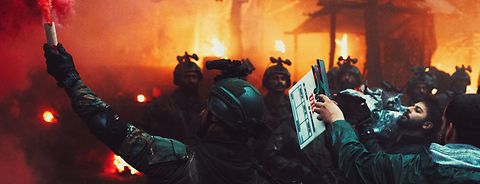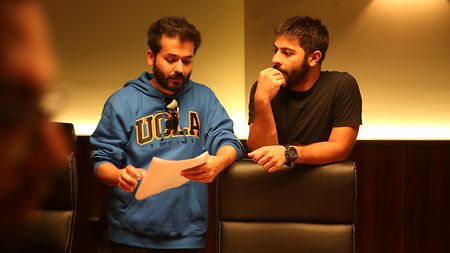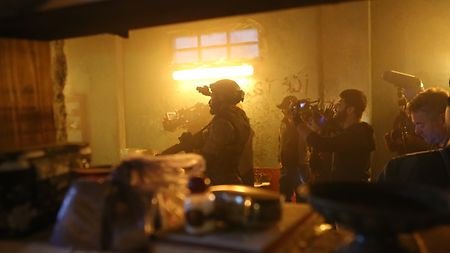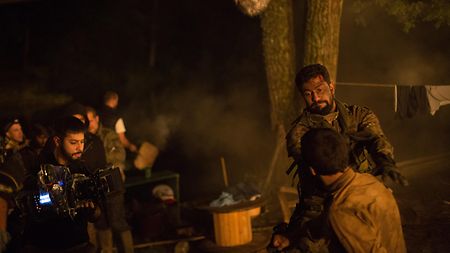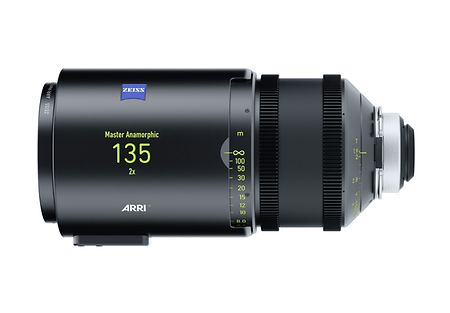What was the overall impression of the optical performance?
I love the way the Master Anamorphics capture skin tones; it’s very natural. And my contrast was always on point. I prefer shooting on wide angle lenses even for the close up shots. That allows me to be closer to the actor and also helps the audience to enjoy the images. One of the most important things was that there was absolutely no distortion on the lenses not even on the 28 mm. The focus fall off on the lenses also was quite seamless. It is an anamorphic lens with sharp edges and that’s the kind of look we wanted to go with.
Did you use flare sets? If yes, please describe how they were useful.
After I did a few tests with the lenses and figured out what the characteristics were, we soon realized that we were missing some idiosyncrasies from the lenses; they were too perfect. That is when I started researching about the flare set and saw some tests. Even with the flare set on, the contrasts were still intact. The vendors in India were kind enough to buy the flare sets for the film, so it worked out to be exactly what I needed.
How was the look of the film finalized?
After all the tests, camera formats, lenses, and research on how the film should finally look, I decided to have a word with the director because we wished to have each action sequence look and feel different from each other. Although the film is high in contrast, one won’t feel the high levels of darkness as we always have some highlights in frame. This helped us create a distinct look for all the action sequences we shot. I wanted it all to look saturated and glorified. Subsequently, all the bits that were outside the battlefield and at home were kept to look realistic and natural, maybe even a bit desaturated, in order to feel the stark difference of the two worlds.
